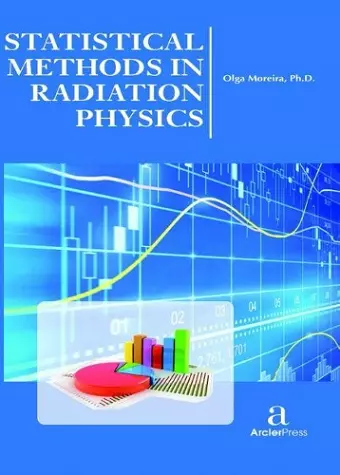Statistical Methods in Radiation Physics
Format:Hardback
Publisher:Arcler Education Inc
Published:30th Nov '16
Currently unavailable, and unfortunately no date known when it will be back

Statistics plays a vital role in every fields of human activity. Statistics has important role in determining the existing position of per capita income, unemployment, population growth rate, housing, schooling medical facilities etc…in a country. The application of statistical methods to physics is essential. Whenever we perform an experiment and want to interpret the collected data, we need statistical tools. The accuracy of measurements is limited by the precision of the equipment which we use, and thus the results emerge from a random process. In many cases also the processes under investigation are of stochastic nature, i.e. not predictable with arbitrary precision, such that we are forced to present the results in form of estimates with error intervals. Estimates accompanied by an uncertainty interval allow us to test scientific hypotheses and by averaging the results of different experiments to improve continuously the accuracy. It is by this procedure that a constant progress in experimental sciences and their applications was made possible.
Statistical Methods in Radiation Physics is a collection of contemporary research articles which outline different techniques and methods used in the analysis of radioactive decay, dosimetry, radiation therapy and incident solar radiation data. It is an edited book with a particular emphasis on statistical solutions to problems in the aforementioned research areas. It is mainly addressed to researchers, advanced undergraduate and graduate students in the Natural and Life Sciences. This book consists of 20 chapters, which offer an overview of the statistical methods applied to radiation physics problems, organized into three sections. First section is focused on the measurements and estimate of radionuclides half-life, decay curves, and concentration ratios. It discusses the uncertainty propagation for nuclear dating, activity of radiation sources, contamination and risk maps. It includes methods such as time-interval distribution analysis, maximum likelihood ratio statistic (MLE) for Poisson distributions, log-normal distribution and bimodal distributions fitting, Monte Carlo simulations, and Neural Network training procedure. Second section addresses radiation exposure and protection as well as radiation-induced therapy problems and solutions. It includes techniques based on Bayesian statistics, adaptive robust optimization models, convolution method, radial pair correlation function, graph theory, physics-mathematical pattern modeling and mining. Third section is focused of on surface incident solar radiation modelling. Statistical models included are regression analysis, Analysis of Variance (ANOVA) and Bayesian inference.
ISBN: 9781680944372
Dimensions: unknown
Weight: unknown
270 pages